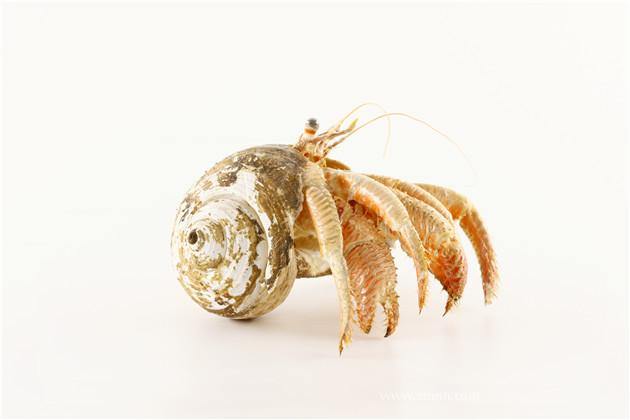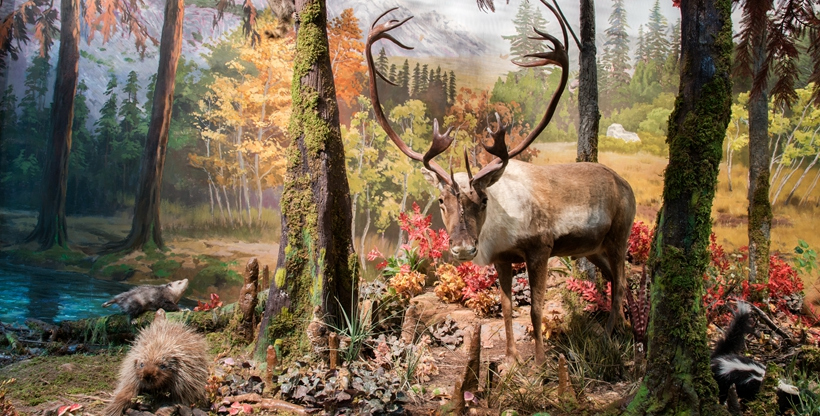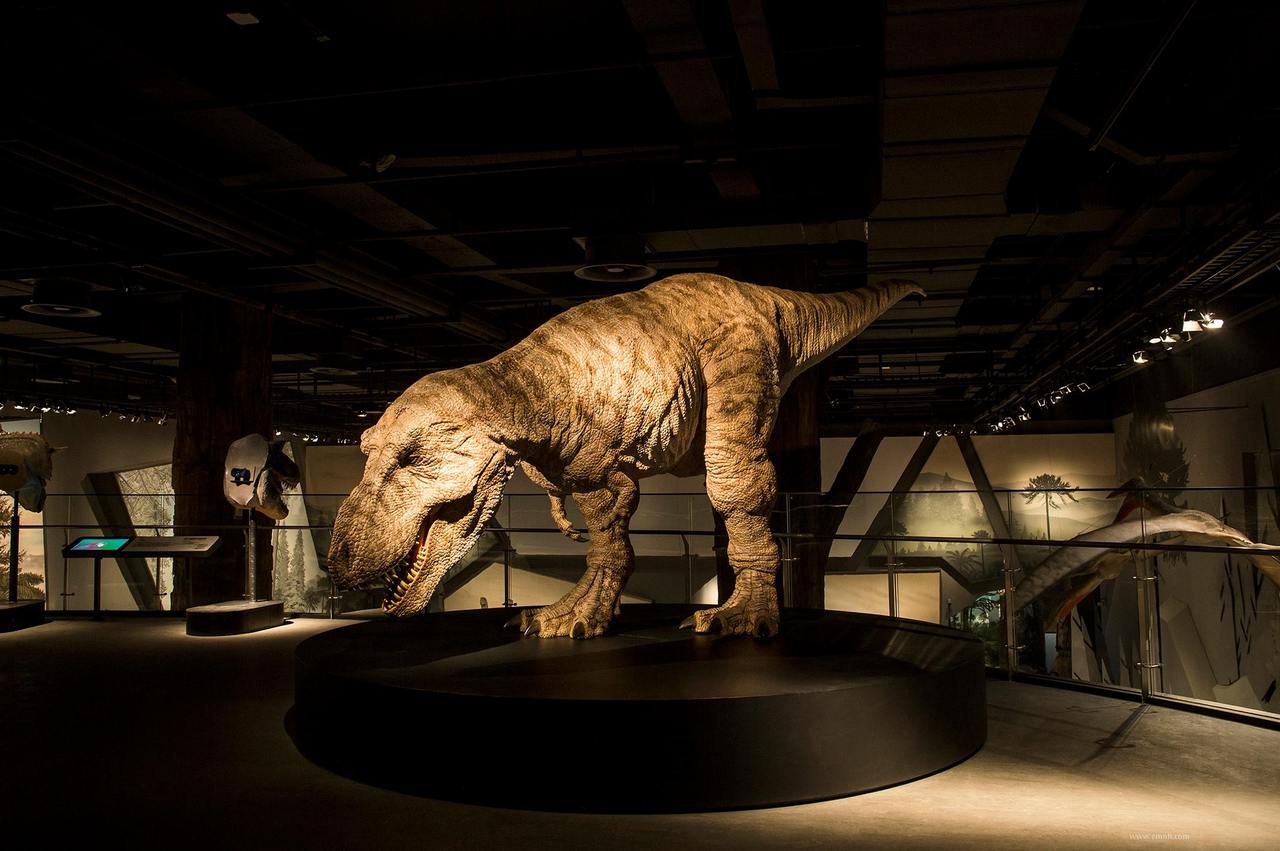
(photo/浙江自然博物馆)
As a province of profound culture and long history, Zhejiang is ample in museums with distinct characteristics where local cultures are presented vividly. Thus, we are going to share with you those unique museums in Zhejiang which are sure to take your breath away!
Today, let's take a tour to Zhejiang Museum of Natural History.
Zhejiang Museum of Natural History, composed of Hangzhou branch and Anji branch, is one of the fewest provincial museums of natural history in China, and also one of the museums created by Chinese people alone. With great endeavors made by generations of its staff over the past eighty years, ZMNH has now become a nationally renowned museum of natural history with a modern rationale and rich characteristics of Zhejiang Province.

(photo/浙江自然博物馆)
Located in West Lake Culture Square, the Hangzhou branch was opened in 2009 and covers an area of 26,000 square meters. With 200,000-odd pieces of collections, the museum is divided into five exhibition halls, namely, Lobby, The Life Story of the Earth, The Rich and Fantastic Bioworld, Green Zhejiang and Health and Education Display for the Adolescence. Visitors can have an in-depth experience of the magnificence of nature and the birth and evolvement of Earth and lives in Hangzhou branch themed “Nature, Life and Human”.

(photo/浙江自然博物馆)
Integrating the collection and research of natural specimens, publicity, science education, cultural exchange and intellectual leisure, the museum is a national first-level one aiming to raise the public’s awareness of eco-civilization.
The Anji branch lies in Anji County, Huzhou City, covering a floor area of 61,000 square meters. To provide a relaxing experience atmosphere, it is composed of seven exhibition halls including Behring Hall--Dialogues from Afar, Geology Hall--Zhejiang Land in Two Billion Years, Natural Art Hall--Beauty of Nature, Dinosaur Hall--Returning to the Era of Dinosaurs, etc., regard as a leading project for building a culturally strong province.

(photo/浙江自然博物馆)